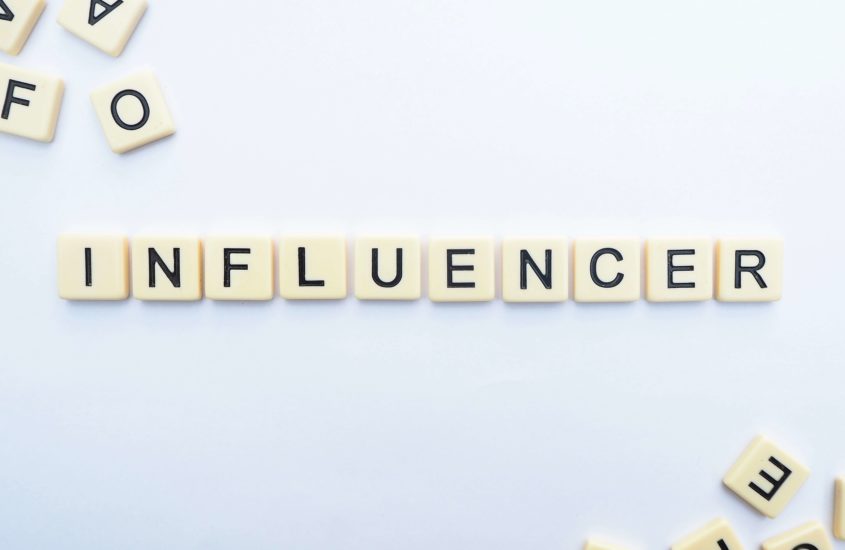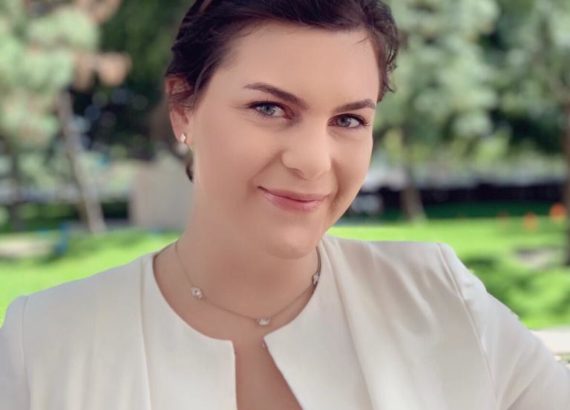Influencer Biz & Legal Considerations

Influencer marketing is expected to become a $15 billion business by 2022, and most of it is tied to marketing efforts and it is predicted that virtual influencers will dominate the market as brands are increasingly utilizing them to promote their products.
Since this is a law blog, let’s make sure we are on the same page with regards to the meaning of the subject of the post – Social Media Influencers. Influencers are individuals (real people or virtual/fake influencers) who have a large following on social media sites who trust their opinions on a variety of matters. An influencer is typically compensated to post, print, or otherwise disseminate information for a commercial purpose.
SAG-AFTRA’S Influencer Agreement
Screen Actors Guild-American Federation of Television and Radio Artists’s (SAG-AFTRA) National Board has opened up a new pathway for influencers to become members of the union access the benefits of union coverage such as health and pension benefits.
While the details are yet to be worked out, the Influencer Agreement will cover “content created by certain types of influencers when they are paid to advertise products or services” across all social media platforms, including Instagram, Facebook, Twitch, and TikTok. Previously, the union had covered advertising done by YouTubers only.
It will cover branded content in video or audio form, but not still imagery. What constitutes video is left broad: It can be an Instagram story or a short TikTok video. The agreement also categorizes “influencer-generated branded content” as anything that is generated, distributed, and produced by an influencer. The work must be created and hosted on the influencer’s personal social media platforms; it does not require those looking to join to have a minimum social media follower count; the agreement does not apply to advertising campaigns that an influencer does for a company (SAG-AFTRA has a separate agreement for commercials). There will be no mandated contract minimum; fees and rates will still be independently negotiated between the influencer and the advertiser.
Here are the requirements:
- The influencer must have a corporate entity;
- There must be an agreement between the influencer and the advertiser that spells out the deliverables, payments and other terms relating to the influencer’s services;
- The influencer must retain ownership of the intellectual property rights in the deliverables;
- The influencer and the advertiser can freely bargain compensation for the influencer’s services;
- Twenty percent (20%) of the influencer’s compensation will be allocated to union-covered services and subject to pension and health contributions; and
- Only the influencer, and no one else, may appear in the deliverables.
Influencer Advertising & Federal Trade Commission (FTC) Regulations
The Federal Trade Commission (FTC) imposes strict regulations on product endorsements and online advertising. For example, all online advertising must not be misleading to customers, and all advertising claims must be substantiated.
The Rule 16 C.F.R.§ 255.1(c) states that influencers (=advertisers/endorsers) must clearly and “adequately” disclose any “material connection” to the product or service they are endorsing.
- “Adequate” disclosure requires that the post be clearly identified as an advertisement on its face (not merely in a link for instance – FTC v. Teami LLC).
- “Material connection” – financial, employment, personal, or family relationship with the brand, including free products from an advertiser. The rational of the law is to disclose any connection between the endorser and the seller that could have a material affect on the credibility of the endorsement (16 C.F.R. 255.5).
Such adequate disclosure usually is marked like #ad or #sponsored. If an account endorses a product without making that clear, it could be in violation of the guidelines. According to the FTC, notations, such as “Thanks [Brand],” #sp, #collab, or #partner are considered too vague as they do not conspicuously indicate to a consumer that the post is sponsored.
During this pandemic, the FTC has been more engaged to prevent deceptive advertising that influences consumers. In order to be shielded from any liability, companies should develop best practices for managing influencers and vendors.
A formal (written) influencer agreement can prevent later conflicts. Companies may incorporate the following provisions:
– Ownership of the created content (Employee/Independent contractor – work for hire)
– Benchmarks for performance, like campaign schedules and deadlines for review;
– Compliance with FTC Guidelines;
– Exclusivity of the partnership with a content creator;
– Force Majeure clause referring to the pandemic;
– Warranties and indemnities clauses;
– Non-disparagement and morals clauses;
– Right to approve/remove content;
– Favorable termination rights (at the company’s discretion);
Copyrights: Influencers and Other Bloggers (not V-loggers, podcasts, audio-books)
- Copyright Registration
According to the new copyright rule, USPTO offers a new group registration option for up to 50 “short online literary works” per application. Each work must contain at least 50 but no more than 17,500 words and works must all be published online within a three-calendar-month period. Even though registered as a group, each work is recognized as separate work of authorship.
Prior to that new regulation, short format content creators had a hard time to get their work protected due to the high volume of work which translates in an inconvenient administrative burden as well as cost intensity.
However, there is one tiny snag: such group registrations will merely protect the “text” of such works. A multimedia post (i.e. combination of text, visual, music) must be separately filed to register to be fully covered. - Sharing copyrighted content on social media
At this point it is important to clarify that due to Instagram’s policy, the user owns the content (transferable and sub-licensable to facebook).
A repost may constitute a copyright infringement subject to a fair use or implied license (i.e. from conduct) defense.
A post that embeds another’s content may fall under the fair use exception.
On an interesting side note; simple dance moves are not protected works: “’Choreographic works’ do not include social dance steps and simple routines.”
Further, an influencer must obtain permission for ads or endorsements prior to making any direct references to products or services offered by another company, this is known as branded content, and the influencer must obtain special permission in order to use another company’s name in her advertising or endorsements. - Trademark Protection
Trademark laws protect trademark owners from two types of infringement, including, the likelihood of confusion or dilution. Trademark law requires trademarks to be “used in commerce” for both (1) application and (2) infringement.
To avoid infringing on the trademark rights of others, the influencer must avoid using trademarks in any manner that could cause consumer confusion about the source of goods or services (likelihood of confusion) or “dilute” or weaken, another company’s brand.
A hashtag can be a trademark “only if it functions as an identifier of the source of the applicant’s goods or services.”
Influencers who build their brand successfully tend to be active in various industries. As a consequence, there are a number of different agreements that may be negotiated, such as collaboration agreements, social media campaign agreements, merchandising contracts, and sponsored video agreements.







Comments are closed.